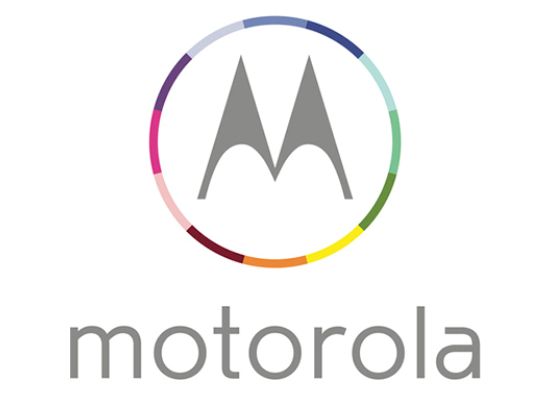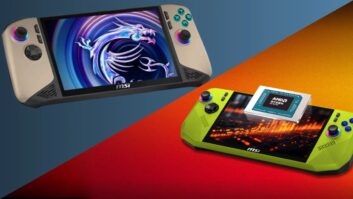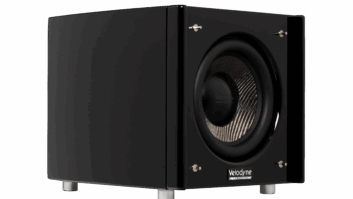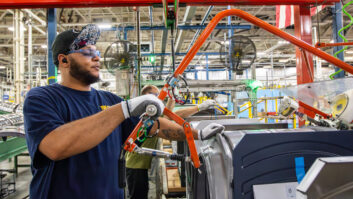
New York – Lenovo’s acquisition of Motorola Mobility could boost both companies’ global smartphone shares by delivering greater scale, expanding the distribution channels of both brands, and yielding bigger R&D and marketing budgets, analysts said.
But the companies must overcome multiple challenges, including Motorola’s continuing large financial losses and the possibility that, as with previous smartphone mergers, it could take several years for the merged companies to deliver growth.
In acquiring Motorola from Google, Lenovo has developed “very aggressive plans to ramp up our [smartphone] business around the world,” said Liu Jun, president of Lenovo’s mobile business group.
The acquisition will build “a strong number three and a credible challenger to the top two in smartphones,” said Lenovo chairman/CEO Yang Yuanqing.
Lenovo held a 5 percent share of the global smartphone market in the third quarter, and Motorola held 3 percent, according to Strategy Analytics.
For his part, Neil Mawston, executive director of Strategy Analytics, sees both opportunity and challenges for the combined companies. “Clearly, Lenovo and Motorola have strong tailwinds – such as 8 percent global smartphone market share and two well-known brands,” he said. But the two brand also face “major headwinds.” Lenovo’s “golden era of easy smartphone growth is coming to an end, while Motorola continues to lose money. Merging these two firms next year will not be as easy as many expect.”
Lenovo’s rapid smartphone growth in recent years is coming to an end, he said, because of fierce competition from Xiaomi and others in China. The growth rate of Lenovo’s smartphone shipments fell from 74 percent in the third quarter of 2013 to 30 percent in the third quarter of 2014, he said.
Motorola continues to sustain “hefty” financial losses because of a “relatively large cost-base” and hasn’t made a profit in four years, he added.
Smartphone mergers usually take several years to integrate, Mawston continued, pointing to the merger of TCL and Alcatel. That combination “took around five years to stabilize and sustain growth,” he said.
On the upside, he said, the combined companies’ increased scale can reduce costs and make both brands more competitive against lower-cost upstarts. The merger also delivers deeper distribution channels, enabling both to sell smartphones, tablets and wearables in more countries and in more retail stores, operator stores, online stores, and PC channels. Motorola products are sold only in 45 countries, and Lenovo is sold in significantly more.
The two businesses can also potentially spend or borrow more money for expanded marketing and R&D activities, Mawston noted.
IHS senior analyst Wayne Lam said the combined company “should be better able to realize efficiencies with supply chain and gain a wider addressable market,” but he said the company’s “greatest challenge is to stay relevant as neither Lenovo nor Motorola have the caché that Apple or Xiaomi have at the moment.”
Also, Lenovo is not considered an “up-and-coming” brand in China as Xiaomi and Huawei are, he said. “While Lenovo is a leader in the PC space, they are finding that brand recognition doesn’t translate to the more competitive mobile space.”
One opportunity is to consolidate their supply chains to deliver efficiencies for Motorola, he said.
Lenovo has made it clear that it wants to keep the Motorola brand separate from the Lenovo brand, he noted, and “from a global market perspective, the two brands are mostly complementary.” Lenovo mobile phones “address primarily the China market, while the Motorola brand is still a significant player in the smartphone market in North America and Western Europe, with steady progress breaking into the Latin American markets with its Moto E and G line.”
Nonetheless, Motorola’s premium Moto X line “launched into arguably limited success,” and Motorola’s “experiment” with U.S.-based manufacturing “was another challenge.” With the acquisition, he said, Motorola could take advantage of a consolidated, more efficient supply chain, he concluded.













